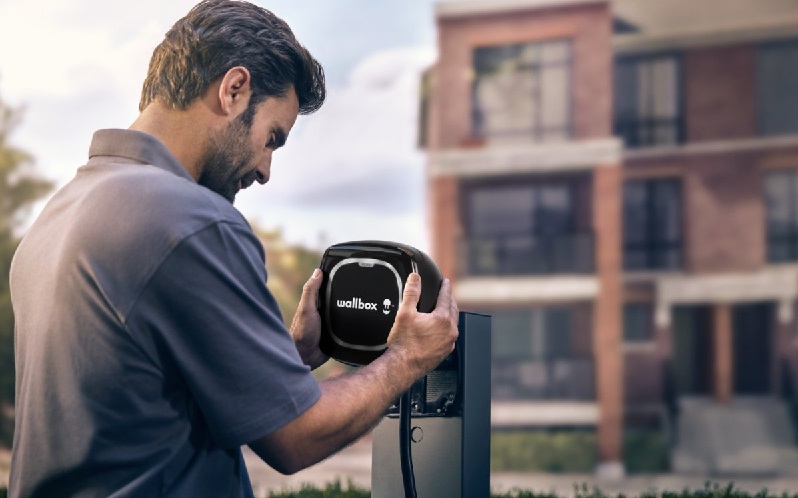Electric mobility is a reality, and the transition towards it will happen sooner or later. However, while countries like the United States or Northern Europe have highly developed electromobility, the same cannot be said for Spain or South America.
In these cases, society still needs a push to take the definitive step and commit to more sustainable consumption habits.
For electric mobility to become a priority, it is first necessary to address the demands of drivers: good taxation models and an extensive public charging network.
Another stimulus for the advancement of electric mobility can be the fact that electric vehicles open the door to a new energy management system.
With bidirectional charging, an electric vehicle can both charge and supply the energy stored in its battery to a home, an office, or even feed back into the electric grid.
This opens up many possibilities. Firstly, it enables a definitive transition to renewable energy, as it is a type of energy that must be consumed at the moment it is generated, or it will be lost. Therefore, the electric vehicle’s battery can be used to store this energy and consume it later or even return it to the grid and earn money in the process.
Studies conducted by Wallbox have shown that using bidirectional charging can save users up to 1,000 euros per year and help alleviate the increasing pressure on the electrical grid.
The second possibility that arises with bidirectional charging is that this new model gives decision-making power to the consumer.
Thus, the electric vehicle becomes the key component in the transition to the use of renewable energy sources, with the bidirectional charger at the center of home energy management.
This is because zero-emission vehicles allow us to bring together different elements and have comprehensive energy management. Bidirectional charging technology represents not only the future but also the present for Wallbox.
Furthermore, by returning energy to the household grid, the user can charge their vehicle using cheaper hourly rates and utilize the stored energy in the home during periods of high energy demand, resulting in a benefit.
At Wallbox, we go beyond electric mobility, and that’s why we are developing our products based on the understanding that the electric vehicle is much more than a mobility solution; it is a high-capacity battery on wheels.
For example, Spain already has the capacity to produce more than 50% of its energy from renewable sources. However, there is a major issue: supply and demand must align since there is no system in place to store this energy.
This leads us to miss out on many opportunities. The solution is available and as simple as having an electric vehicle and a bidirectional charger.
Wallbox was a pioneer in launching a bidirectional charger for home use, the Quasar, which hit the market in 2020. Now, Wallbox has just introduced its evolution, Quasar 2. Unlike its first version, this new bidirectional charger uses the European charging standard (CCS) and is compatible with European vehicles.
However, for this to be fully realized, car manufacturers must also do their part and produce electric vehicles that are bidirectional.
Recently, CUPRA announced the release of the CUPRA Born with a 77 kWh battery, which is precisely the first electric vehicle from a European brand compatible with Quasar 2.
Since its foundation, Wallbox has been focused on developing products and services that support the paradigm shift not only in mobility but also in energy management, with the electric vehicle as the cornerstone.








